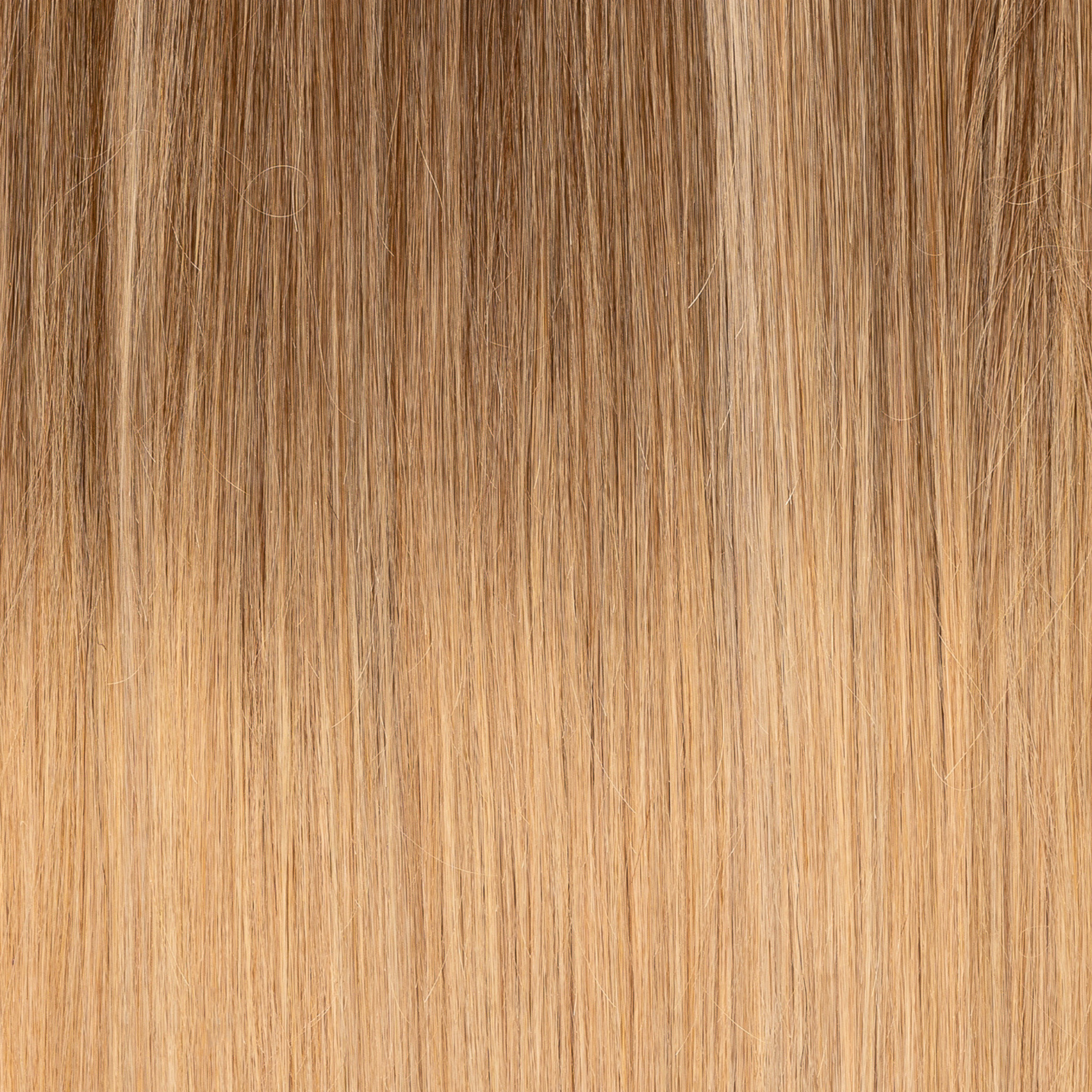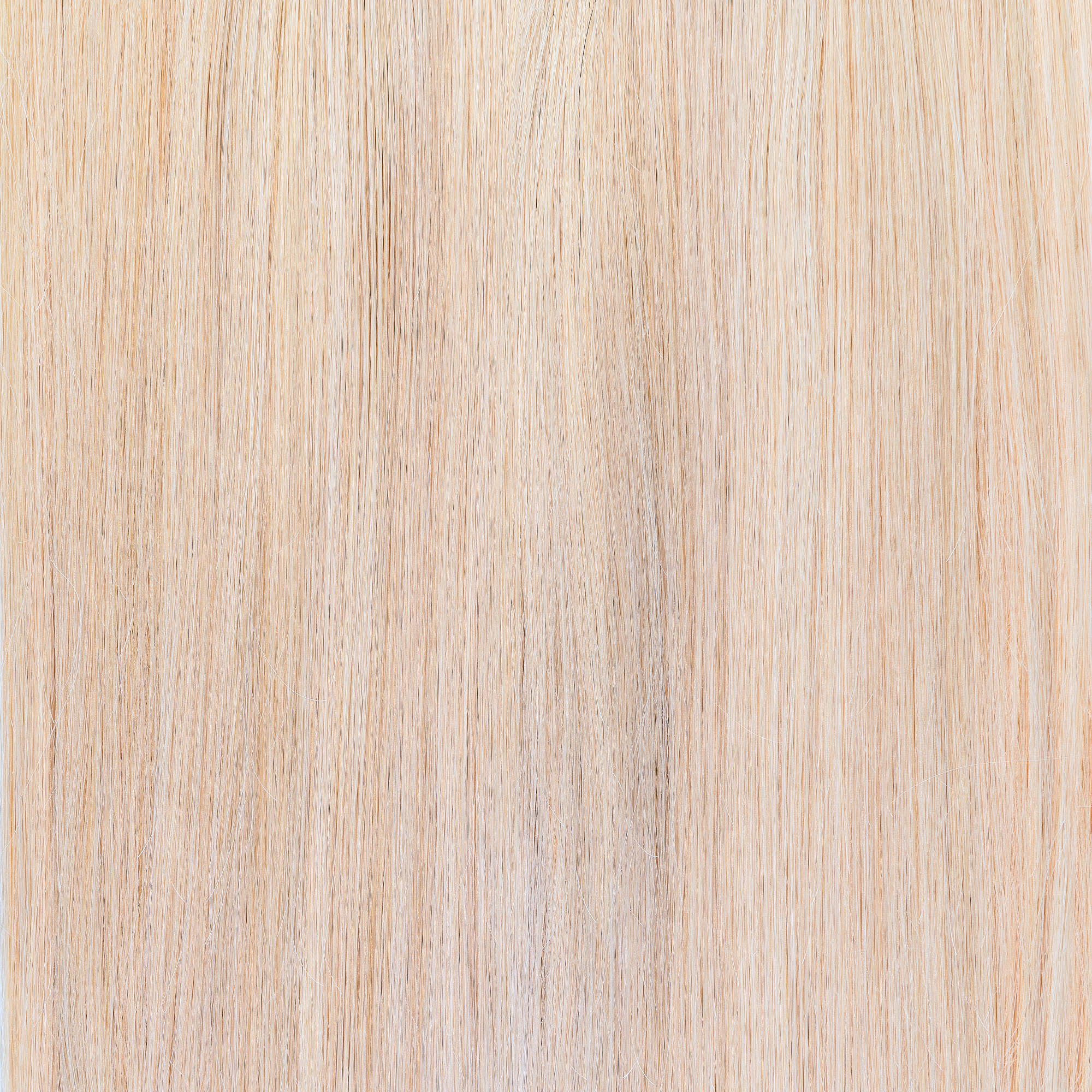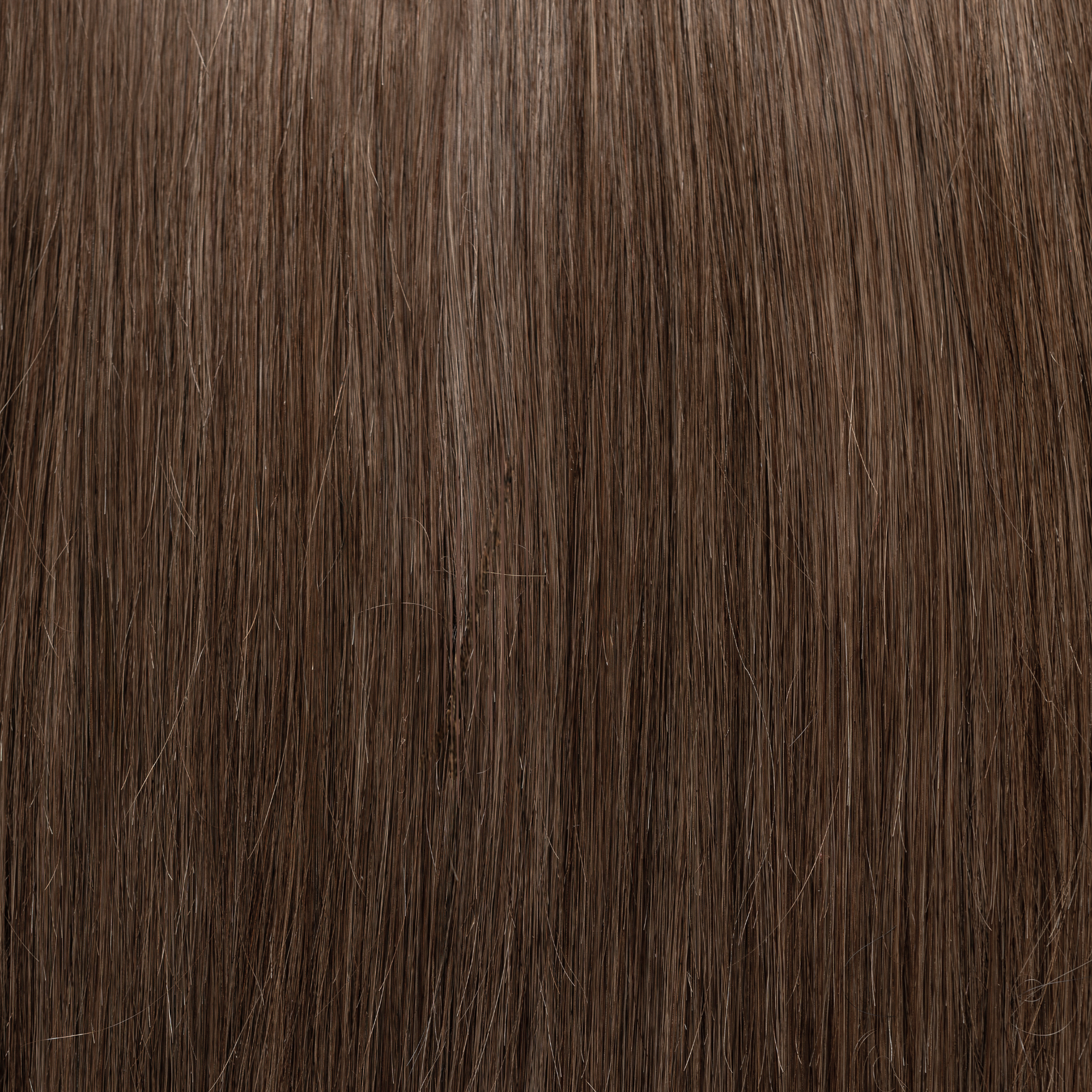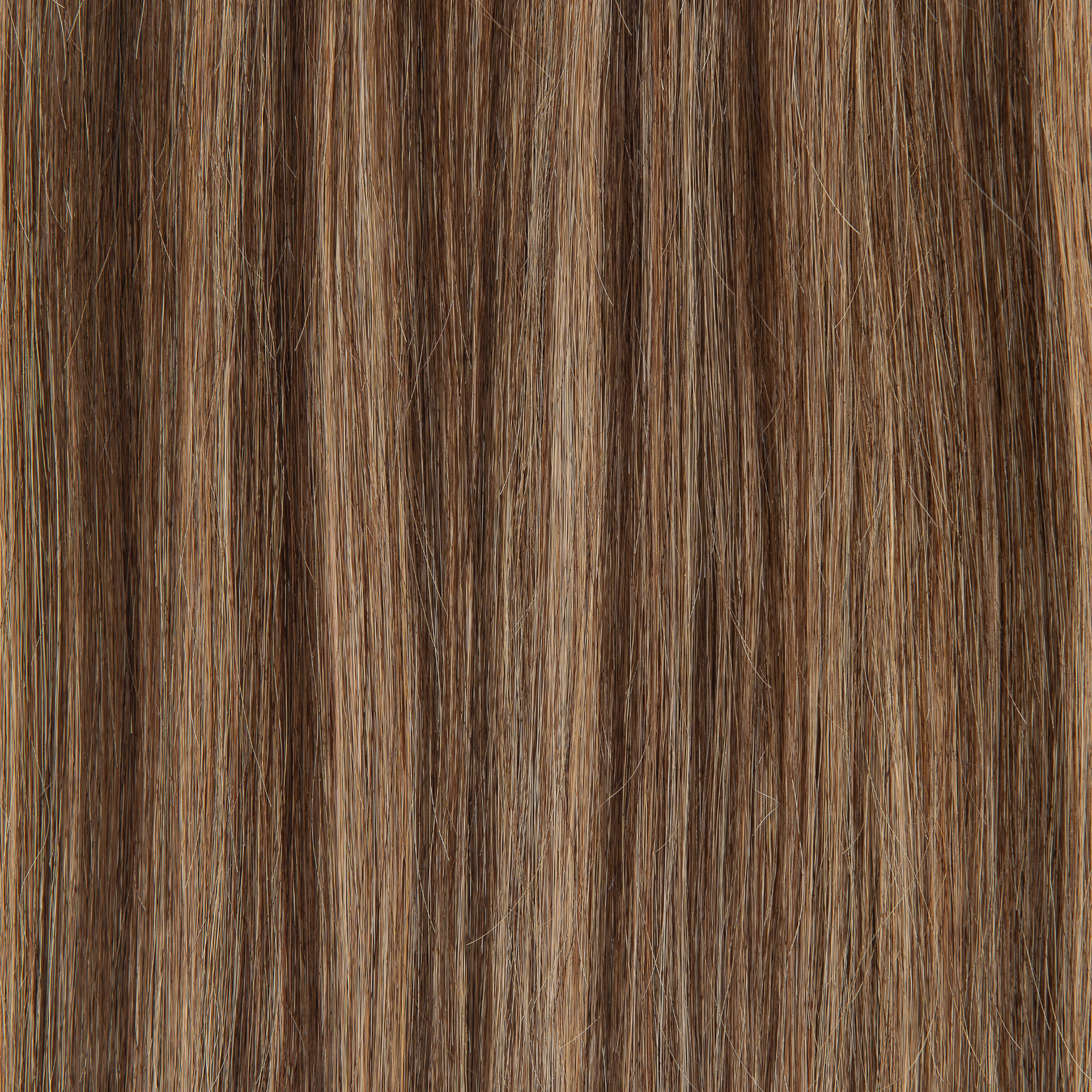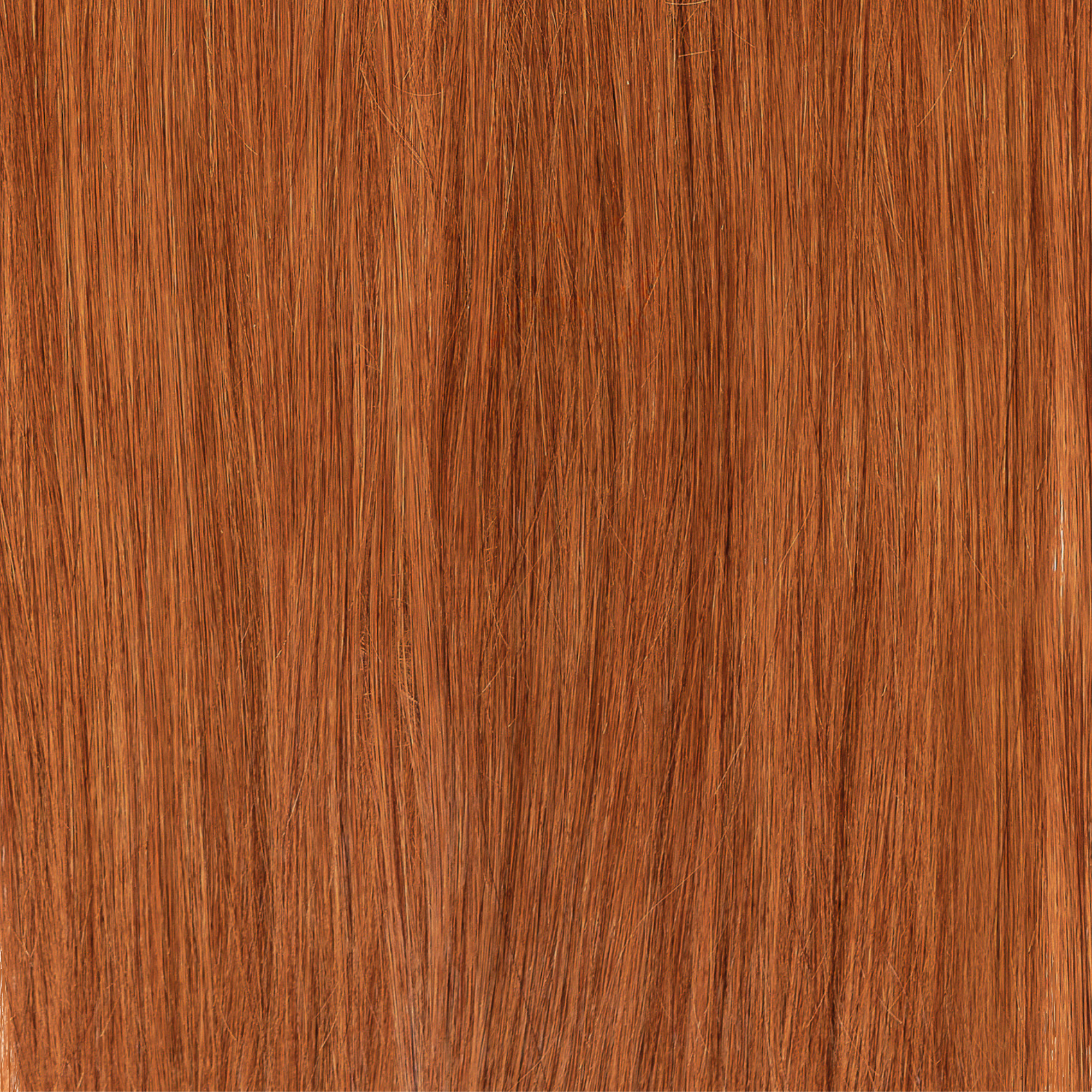
The Evolution of Hairstyles: Decade by Decade Breakdown and Future Predictions
- Irene GilmanHair isn’t just hair—it’s a statement. Throughout history, the way we style our tresses has been a reflection of culture, class, and even revolution. From the pristine curls of Cleopatra to the Instagram-worthy lengths of today, hairstyles have constantly evolved, pushing the boundaries of what’s possible. In this article, Atelier Hair Extensions will take you through the evolution of hairstyles across the ages—highlighting iconic moments in history, iconic styles, and a peek into where hair might be headed in the future.
Hairstyle in Ancient Times
Let’s rewind all the way back to ancient civilizations, where hair wasn’t just about looking good—it was about status, power, and identity. In ancient Egypt, for instance, hair was far more than a mere aesthetic choice. It was an emblem of wealth and influence. Think of Cleopatra, whose iconic, sleek black locks became synonymous with royalty and allure.

The Egyptians were pioneers when it came to hair styling, using wigs made from either human or goat hair to create intricate, voluminous styles. These wigs were often adorned with gold, beads, and even flowers to showcase social standing. The more elaborate the wig, the higher the status—just like how a crown or scepter might symbolize royal authority.
Egyptian men were also big on wigs, especially priests and pharaohs, who would wear them as part of their ceremonial regalia. Some even used honey or beeswax to coat their hair and wigs, creating glossy, sculpted looks that were both striking and symbolic of their wealth.
For everyday wear, Egyptians would sometimes shave their heads to ward off lice and wear wigs as a practical alternative—still, the wig was seen as a tool of glamour and social distinction.
Across the Mediterranean in ancient Greece, hair was styled with a more natural yet equally elaborate flair. Greek women often chose flowing, voluminous curls or intricate updos, the perfect balance of effortless beauty and structured design.

A popular hairstyle among Greek women was the krobylos, a style that involves twisting the hair into a circular knot on top of the head. These styles were often held in place with ornate pins and golden diadems, adding an extra touch of refinement. Greek hairstyles were meant to reflect the wearer’s grace and virtue, and women often turned to braids or chignons to add an extra element of sophistication. The beauty of Greek hair was in its symmetry—often characterized by soft waves or neat, coiled curls that highlighted their facial features.
Meanwhile, the Romans took their cue from the Greeks but with a penchant for more structure and grandeur. Roman women were known for their love of elaborate hairdos, often twisting, curling, or braiding their hair into towering, sculptural shapes. Wealthy women would even have personal slaves or attendants dedicated solely to their hair. The Roman tutulus —a towering cone-shaped hairstyle—became synonymous with elite Roman women. These hairdos often involved a complex mix of braids, twists, and curls, held together with fine gold wire or hairpins. For special occasions, women adorned their locks with ribbons, flowers, and pearls, adding layers of visual richness to their already elaborate styles.
@lifeinthepastlane_ Go big or go Rome 💇🏽♀️ #HistoryTok #history #archaeology #ancienthistorian #ancient #hair #hairtutorial #styling #statue #ancientstatue ♬ original sound - no one 😘
Roman men, on the other hand, kept things simple but purposeful. Military-inspired short cuts were the go-to look for Roman men, showcasing practicality and discipline. The biretta, a short hairstyle with neatly clipped sides, was the ideal for soldiers and senators alike. Roman men also sported facial hair in various forms—beards and mustaches were indicators of virility and status, though they had to be well-groomed to avoid looking untidy. The clean-shaven look, made famous by the likes of Julius Caesar, became a symbol of Roman masculinity and leadership.
Hairstyles in these ancient civilizations weren’t just about looking good—they were statements about who you were, where you stood in society, and how you wanted to be perceived. Whether it was the luxurious wigs of Egyptian royalty or the elegant curls of a Greek goddess, every style told a story. Hairstyles were more than just a “trend”—they were a reflection of power, class, and cultural identity.
The Victorian Era

By the time the Victorian era rolled around, things were about to get a whole lot more dramatic. The 19th century was the age of high collars, corsets, and, yes, towering hairdos. Women took their hairstyles seriously, with curls, twists, and updos that reached for the heavens. Hair was long, thick, and often styled with curlers or heated irons, and this era also saw the rise of hairpieces and extensions. Victorian women often used pieces made of natural hair (and sometimes even their own hair) to create these luxurious, voluminous looks.
The evolution of men's hairstyles were slightly more subdued but still focused on precision and grooming. The beard and mustache became a hallmark of the Victorian man, adding an air of authority and sophistication. Facial hair reached new heights, with finely manicured mustaches and sideburns.
The 20th Century Hair Evolution
The 20th century was truly a turning point for hair, reflecting the whirlwind of cultural, social, and political shifts happening across the globe. Hairstyles during this period didn’t just follow trends—they became powerful symbols of personal identity, freedom, and rebellion. From the bold, sharp cuts of the '20s to the relaxed waves of the '70s, and the sky-high volume of the '80s, hair was about so much more than beauty. It was a declaration of who you were and where you stood.

In the 1920s, women took a razor-sharp turn away from the long, elaborate hairstyles of the Victorian era. This is when the iconic bob became the ultimate symbol of independence and womanhood. Legends like Coco Chanel and flapper girls everywhere were ditching their long locks in favor of short, sleek bobs, reflecting the post-World War I shift towards freedom and social change. The bob wasn’t just chic—it was daring. Women who chopped their hair off were making a statement: "I’m ready for the future." And the bob wasn’t just for rebellious types; it quickly became a symbol of sophistication and chic elegance, with stars like Louise Brooks and Clara Bow cementing it as a timeless look.
Jump ahead a few decades to the 1960s and 1970s, and we’re introduced to the counterculture revolution, where long, natural hair became the uniform for youth culture. The 60s were all about bold change, and with it came the rise of the flower child look. Women and men alike embraced their natural textures, with long, flowing locks symbolizing freedom and defiance against societal norms. Hair became a protest in itself, representing the rebellious, anti-establishment mindset of the times. The shag cut emerged as the go-to look of the ‘70s, often worn by icons like Jane Fonda and Farrah Fawcett. This era was about embracing your hair’s natural movement—loose, carefree, and untamed.
@rachelocool Replying to @RR we laughed, we cried, and now my hair is FRIED. THANK U TO EVERYONE WHO HELPED THIS WAS SO FUN #80saesthetic #80shair #1980s #hairtutorial ♬ original sound - Rachel OCool
The 1980s brought an entirely new energy to hair. Think BIG. From Madonna’s voluminous curls to Cindy Crawford’s iconic mane of wild waves, the ‘80s were all about larger-than-life hair. We saw the birth of perms, teasing, and hairspray, all designed to add sky-high volume and a whole lot of attitude. Models like Christie Brinkley and Naomi Campbell graced the covers of magazines with hair that practically defied gravity. The era’s signature look? Big, bold, and full of confidence. No wonder it was also the decade of the power suit and shoulder pads—everything was bigger and more extravagant. Hair was the ultimate accessory to match this larger-than-life attitude.
Then came the 1990s, and a noticeable shift toward sleek, controlled elegance. Gone were the wild curls and dramatic volume of the ‘80s. Enter the Rachel haircut—a style made famous by Jennifer Aniston’s character on Friends. The "Rachel" was the style to have in the 90s chic: sharp, layered, and effortlessly cool. It’s no wonder that this cut became a global sensation, with women everywhere running to their stylists for the perfect, easy-to-maintain, but incredibly stylish look. The '90s also saw a rise in straight hair, with supermodels like Kate Moss and Gisele Bündchen popularizing the relaxed, center-parted, beachy look. Straighteners and smoothing serums took over as women sought sleek and shiny hair that spoke to their own brand of minimalist beauty.
The 20th century didn’t just bring new trends—it brought new tools to help people experiment with hair in ways that had never been possible before. The rise of clip-in extensions, wigs, and hairpieces offered a whole new level of customization. Hair could now be longer, thicker, or more voluminous at will. No longer did you need to wait for your hair to grow out—extensions allowed anyone to try out different lengths and styles on a whim. Brands like Atelier Extensions have made it easier than ever to change up your look without commitment. Whether you were looking for volume, length, or just a temporary makeover, hairpieces became the go-to for those looking to make an instant impact.
The 20th century's evolution of hairstyles was a true reflection of the era’s changing dynamics. From the empowering bob of the 1920s to the natural, free-spirited styles of the '60s, followed by the bold, in-your-face volume of the ‘80s, and the sleek minimalism of the '90s, every decade had a distinct message. And with the rise of extensions and hair tools, the possibilities for experimentation became endless. Hair wasn’t just something you wore—it was part of your identity, your mood, and a direct reflection of the cultural moment you were living in.
21st Century Hairlines
@refinery29 Hair extensions sure have come a long way #hairhistory #hairextensions #learnontiktok #beautyhistory ♬ One Night - Frank Bramble & Slip.stream
And here we are—today’s world of limitless hair possibilities. The 21st century has ushered in an age of customization. Social media influencers, musicians, and celebrities drive the trends, and the beauty of modern haircare lies in its versatility. From rainbow-colored ombré to sleek, platinum blonde, the modern world embraces all textures and lengths.
One major development in the last two decades? Human hair clip-in extensions have revolutionized how we approach hair. Brands like Atelier Extensions have made it easier than ever to add length, volume, and thickness to any style—no commitment, just instant transformation. With their premium 100% human hair extensions, you can channel any era—from the voluminous curls of the '80s to sleek, modern bobs, with the freedom to change up your look as often as you like.
The future of hair? Expect even more high-tech developments. We might see haircare products tailored to specific genetic profiles, personalized extensions, and hair accessories that sync with tech to give you real-time style updates. The possibilities are endless, and we’re here for it.
Conclusion
From the ancient wigs of Egypt to the audacious bobs of the '20s and the sky-high volumes of the '80s, hairstyles have always been a reflection of our cultural shifts, personal identity, and even our social values. Every decade tells its own unique story through hair—whether it’s about freedom, rebellion, sophistication, or simply embracing one’s natural beauty. What we’ve seen in the past century is just the beginning, as hair continues to evolve and adapt to the changing world around us.
With advances in technology and the ever-growing popularity of tools like clip-in extensions, we’re more empowered than ever to experiment, transform, and express ourselves through our locks.
At Atelier Extensions, we believe in the power of hair to transform not just your look, but how you feel. Our premium hair extension usa allows you to embrace any style, from everyday elegance to special occasion glam—without the long-term commitment. So why not step into the future of hair with a new look today? The afro hair evolution is far from over, and the next chapter is yours to write.
